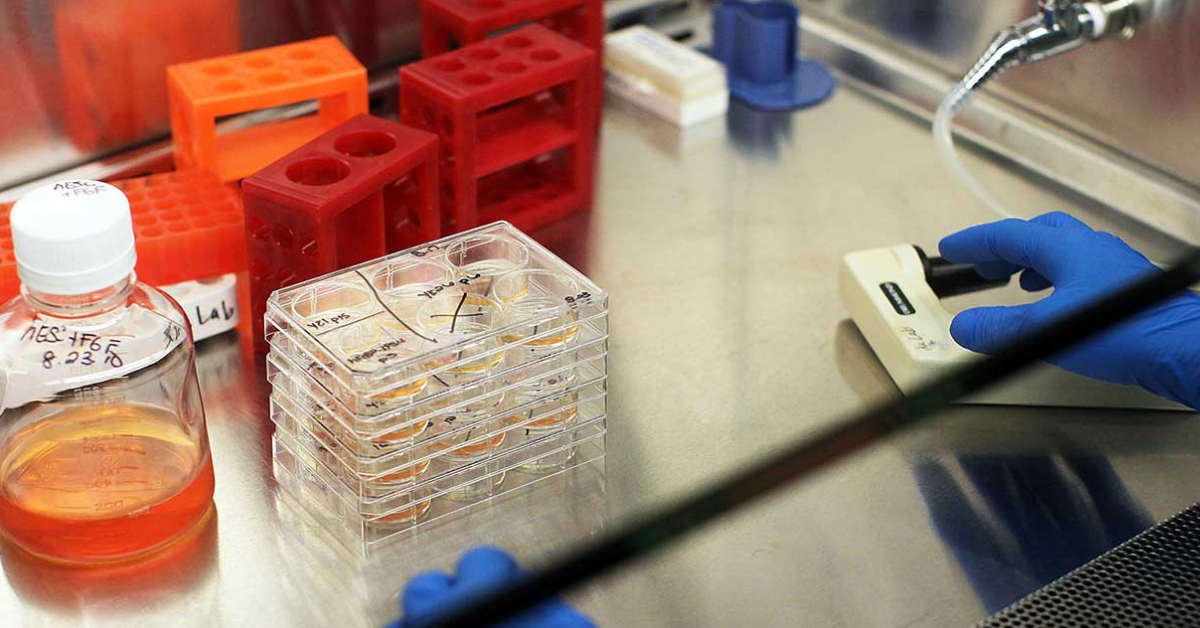How Can Myeloma Patients Facing Disparities Be More Proactive in Their Care?
Dr. Victoria Vardell discusses her study where key findings reveal Black patients are less likely to receive a stem cell transplant (SCT).
Does Treatment Adherence in Myeloma Impact Outcomes?
Myeloma expert Dr. Sikander Ailawadhi of Mayo Clinic breaks down the importance of treatment adherence and disease management in multiple myeloma.
Multinational CASiRe - Will Sickle Cell Disease Clinicians & Trials Consider Diverse Populations?
Renowned expert, Dr. Andrew Campbell, Director of the CASiRe Consortium, provides an update on an international study of nearly 900 sickle cell disease patients from Ghana, Italy, the UK, and US.
What Novel Tools Are Being Used to Treat Sickle Cell Disease?
Dr. Ify Osunkwo of Levine Cancer Institute/Atrium Health discusses new therapeutic tools used to treat sickle cell disease (SCD) over the last few years and how they will impact patient quality of life.
Worldwide SWAY Survey - Sickle Cell Disease Deeply Impacting Patient Lives
Sickle cell disease expert Dr. Ify Osunkwo shares insights on an international study spanning from the US to the Middle East.
Disparities Around Health Technology Access for Subset of Myeloma Patients
Expert Dr. Sikander Ailawadhi discusses disparities around access to care in multiple myeloma,
Good News for Myeloma Treatment Today - Still Addressing Race-Associated Risks
Dr. Ajay Nooka shares why this is a good time in myeloma research and the important work that remains around treatment disparities for people of color.
2020 Shaping Up to Be Big Year for Multiple Myeloma Treatment
Dr. Sikander Ailawadhi provides high-level highlights for multiple myeloma from the 61st American Society of Hematology (ASH) Meeting.
Data and Predictions in Healthcare, lessons from the COVID pandemic
In light of the pandemic, Dr. Gary Puckrein of the National Minority Quality Forum brings up important lessons about how projections from data on COVID-19 correctly anticipated hospitalization rates.
A study of the geographic distribution and associated risk factors of leg ulcers within an international cohort of sickle cell disease patients: the CASiRe group analysis
This cross-sectional cohort sub-study of 659 sickle cell patients aimed to determine the geographic distribution and risk factors associated with leg ulcers. The prevalence of leg ulcers was 10.3% and was associated with older age, SS genotype, male gender, and Ghanaian origin. In fact, the highest prevalence (18.6%) was observed in Ghana.
Albuminuria, proteinuria, increased markers of hemolysis (lower hemoglobin, higher total bilirubin), lower oxygen saturation, and lower body mass index were also associated with leg ulceration.
An Analysis of Racial and Ethnic Backgrounds Within the CASiRe International Cohort of Sickle Cell Disease Patients: Implications for Disease Phenotype and Clinical Research
This is the first report of a comprehensive analysis of ethnicity within an international, transcontinental group of SCD patients. The diverse ethnic backgrounds observed in our cohort raises the possibility that genetic and environmental heterogeneity within each SCD population subgroup can affect the clinical phenotype and research outcomes.
Disparities in Breast Cancer Stage at Diagnosis: Importance of Race, Poverty, and Age
This study investigated the association of race, age, and census tract area poverty level on breast cancer stage at diagnosis. The risk, relative risk, and increased risk of late-stage at diagnosis by race, age, and census tract area poverty level were computed. We found that the odds of late-stage breast cancer among African-American women were higher when compared with their white counterpart (OR 1.433; 95% CI, 1.316, 1.560).











